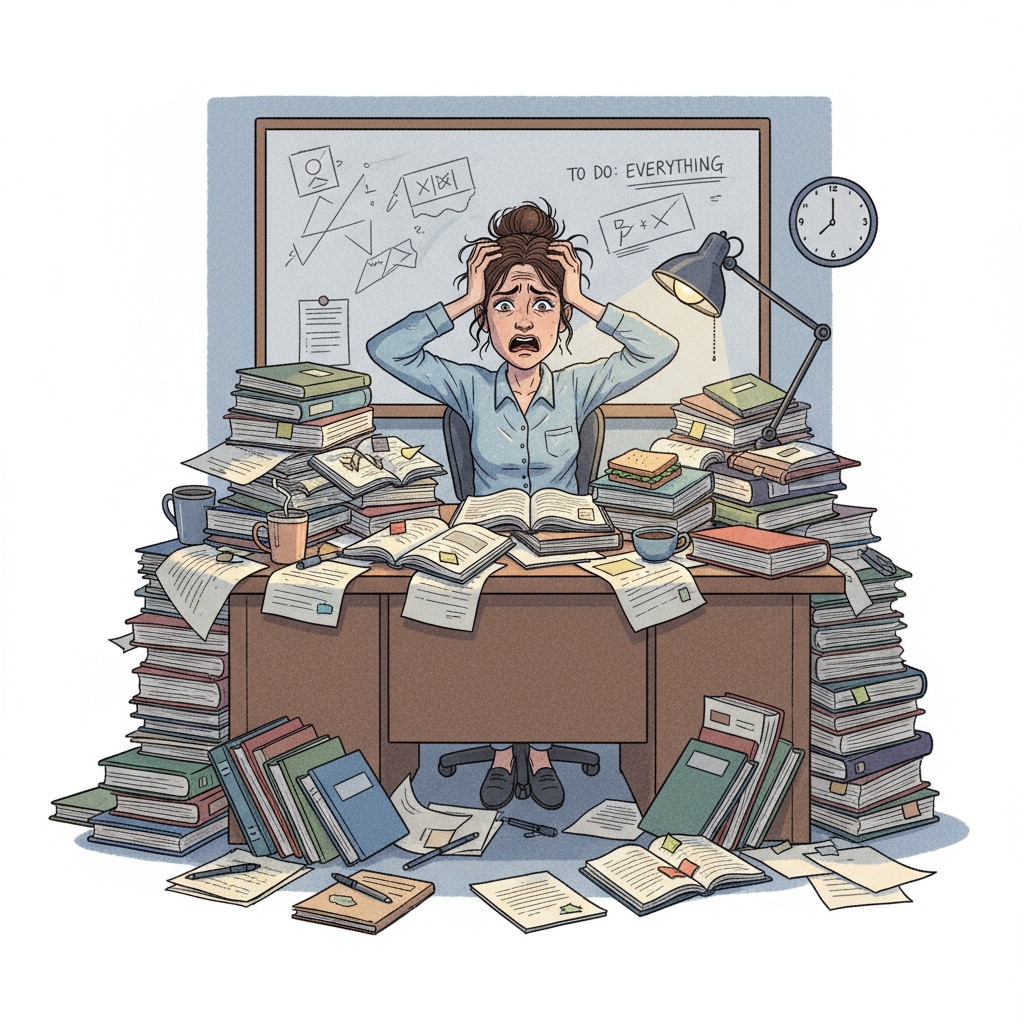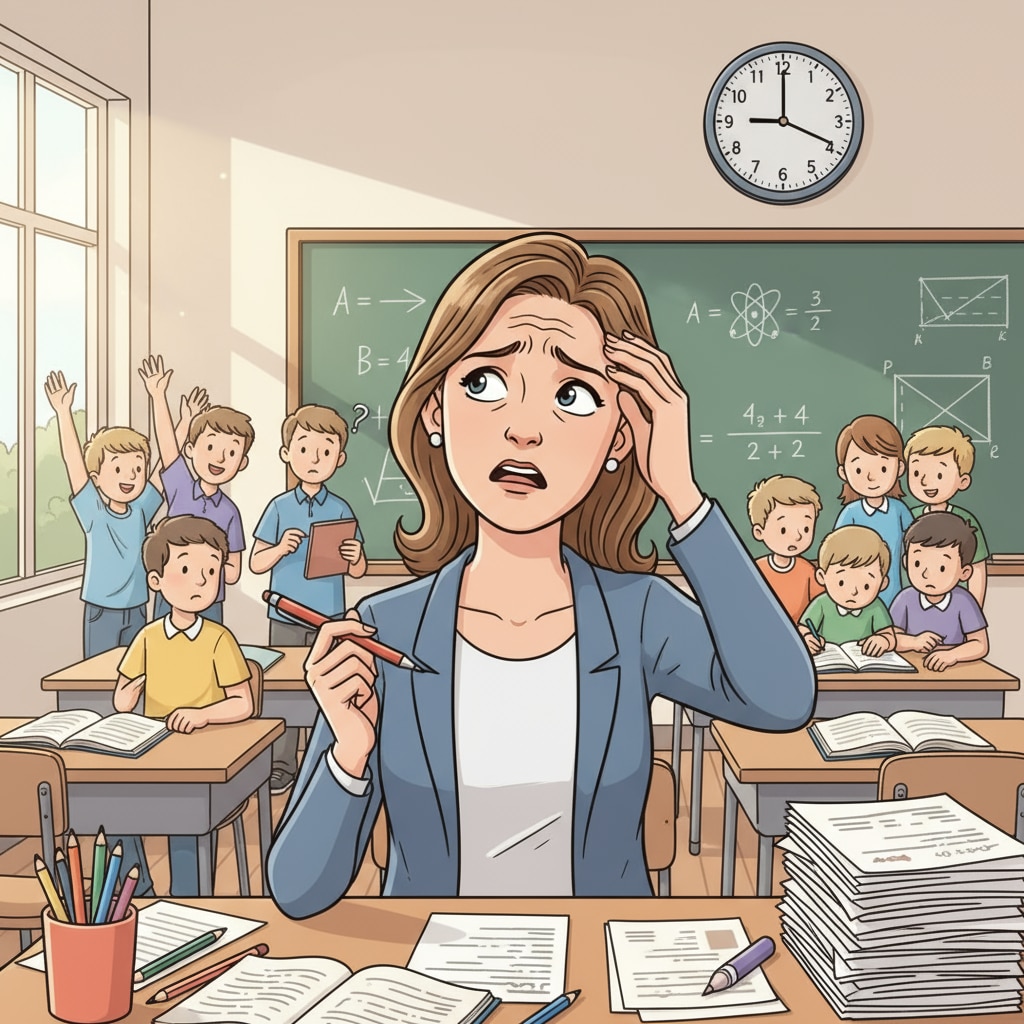Teacher Workload, Technology-Enhanced Teaching, and Educational Innovation are three intertwined aspects that hold the key to the future of education. In the contemporary landscape of K12 education, teachers are shouldering an increasingly heavy burden. This article aims to shed light on their situation and explore how technology can be a game-changer.
The Heavy Burden of Teacher Workload
Today’s K12 teachers are facing unprecedented workloads. They not only have to prepare engaging lessons but also manage a large number of students’ assignments and behaviors. According to data from the National Center for Education Statistics, the time spent on non-teaching tasks has significantly increased. For example, administrative work, such as filling out various reports, takes up a substantial portion of their time. This leaves them with less time for personalized instruction, which is crucial for students’ learning.

Time Pressure and Its Consequences
In addition to the heavy workload, time pressure is another major challenge. Teachers often have to rush through lessons to cover the curriculum, leaving little room for in-depth discussions or hands-on activities. As a result, students may not fully understand the material. Moreover, the lack of time also affects teachers’ well-being. They are constantly under stress, which can lead to burnout. According to a report by the National Education Association, teacher burnout is on the rise, which in turn impacts the quality of education.

Another aspect that cannot be ignored is the salary dilemma. Despite their hard work, many teachers are not adequately compensated. This can demotivate them and make it difficult to attract and retain talented educators in the field.
Technology-Enhanced Teaching as a Solution
Technology can play a crucial role in alleviating these problems. For instance, educational software can automate grading and assignment management. This allows teachers to focus more on instructional design and interacting with students. Adaptive learning platforms can also provide personalized learning experiences for students, reducing the need for teachers to create individualized lesson plans for each student. In addition, virtual reality and augmented reality technologies can make lessons more engaging and immersive, enhancing students’ learning outcomes.
Readability guidance: As we can see, the challenges faced by teachers are significant, but technology offers a glimmer of hope. By leveraging technology, we can not only reduce teacher workload but also improve the quality of education, thus achieving educational innovation. This is a path that both educators and edtech developers should explore further.


